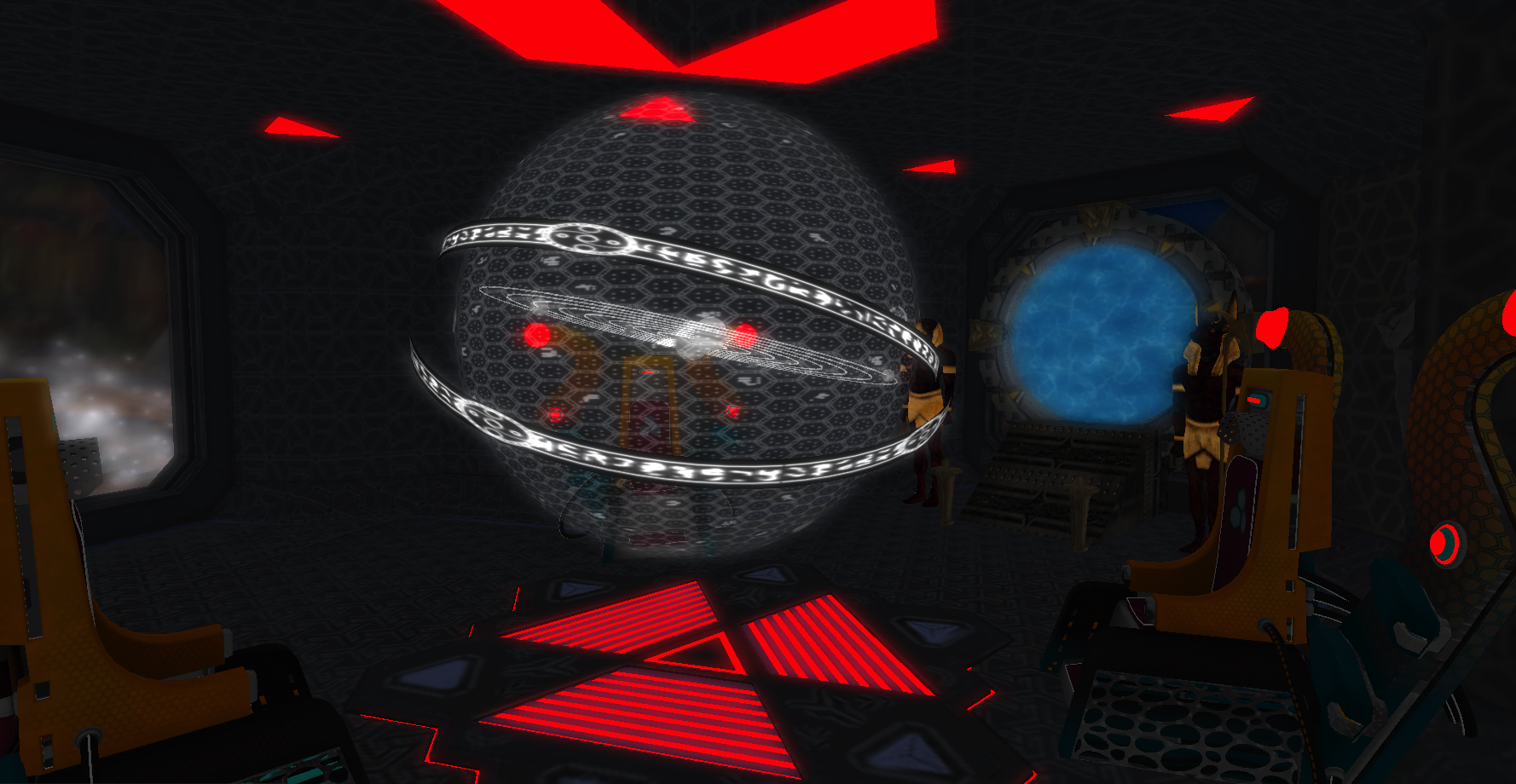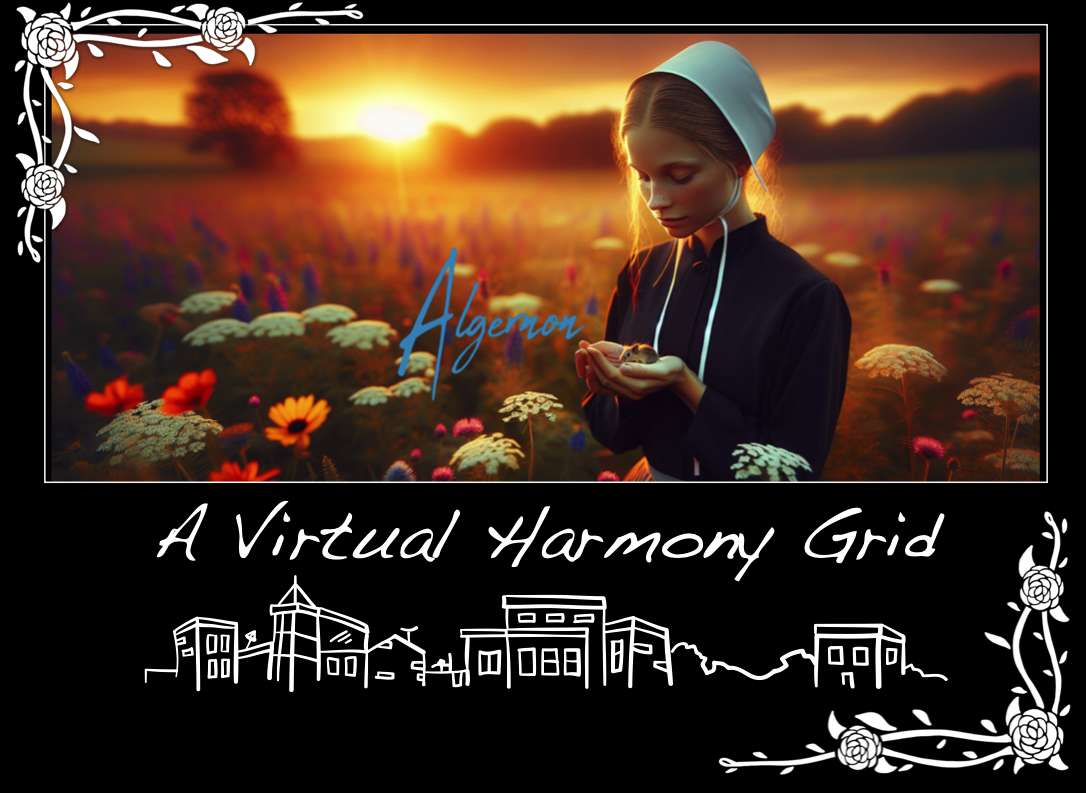
The Interstellar Space grid supports the Mars Expedition simulation. The region is designed to highlight the contributions of science fiction to imagination and inspiration for the art-of-the-possible in science. The region honors the work of Dr. Kip Stephen Thorne, an American theoretical physicist, known for his contributions in gravitational physics and astrophysics. A longtime friend and colleague of Stephen Hawking and Carl Sagan, he was the Richard P. Feynman Professor of Theoretical Physics at the California Institute of Technology (Caltech) until 2009 and is one of the world’s leading experts on the astrophysical implications of Einstein’s general theory of relativity. He continues to do scientific research and scientific consulting (including the Christopher Nolan film Interstellar). Thorne was awarded the 2017 Nobel Prize in Physics along with Rainer Weiss and Barry C. Barish “for decisive contributions to the LIGO detector and the observation of gravitational waves.”

VIRTUAL REFLECTION
The mind is not hardwired; perceptual and conceptual matrices are in a state of constant flux. Never existing in isolation, these matrices form something like a web or network within which “reality” apparently is fabricated. The fabrication of the real is a work of art. The immanent web of relations is and through which everything arises and passes away. The brain is something like a virtual machine, which, paradoxically, has always already been produced by the virtual worlds it has produced.
~ Mark C. Taylor, Hiding
“We’ve always defined ourselves by the ability to overcome the impossible. And we count these moments. These moments when we dare to aim higher, to break barriers, to reach for the stars, to make the unknown known. We count these moments as our proudest achievements… And that our greatest accomplishments cannot be behind us, because our destiny lies above us.” – Cooper, Interstellar

MORE FROM THE VIRTUAL HARMONY COLLECTION







